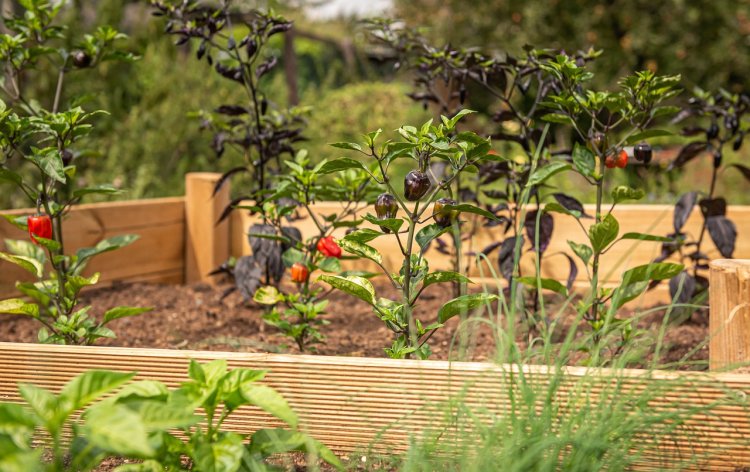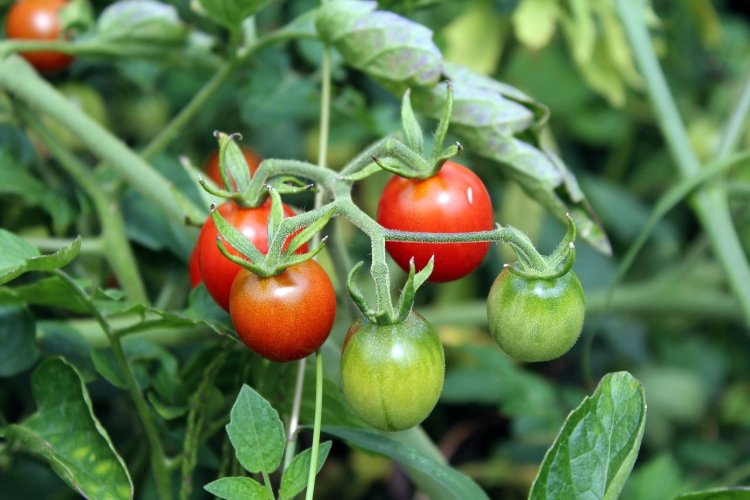Best Crops for Small Farms: Top Picks for Easy Growth and Profit
Explore the best crops for small farms—easy to grow, high-yield picks for beginners and pros alike.

Think small farms can’t yield big results? The right crops can transform even a tiny plot into a thriving operation—whether you’re growing for your table or a local market. Finding the best crops for small farms means balancing ease, yield, and demand, and I’ve seen it work firsthand on farmsteads like ours. In this post, I’m sharing my top picks, tested by real farmers, with practical tips to get you started no matter where you are in the world. Let’s dig in!
Why Crop Choice Matters for Small Farms
Small farms—under a few acres—face unique challenges: limited space, tight budgets, and often just one or two pairs of hands. Pick the wrong crop, and you’re stuck with sprawling plants that need heavy equipment or years to mature. The best crops for small farms thrive in tight quarters, grow fast, and deliver value—either in flavor or cash. Think high yields from a raised bed or a quick turnaround to keep your soil busy. With the right choices, your small plot can outproduce expectations. So, what makes the cut?

small farm plot with raised beds for growing crops
Top 5 Crops for Small Farms
Here are five crops that shine on small farms—easy to grow, productive, and versatile. I’ve grown most of these myself, and they’ve never let me down.
Lettuce
Why It’s Great: Ready in 30-60 days, lettuce is a small-farm superstar. It’s compact, loves containers or rows, and fetches a steady price at markets.
How to Grow: Sow seeds shallowly in well-drained soil (pH 6.0-7.0). Keep it moist, and thin seedlings to 6-8 inches apart.
Tip: Succession plant every two weeks for a constant supply—perfect for salads year-round.
Radishes
Why It’s Great: These peppery gems mature in just 25-30 days, making them one of the easy crops to grow. They’re low-maintenance and fit anywhere.
How to Grow: Direct sow in loose soil, 1/2 inch deep, 1 inch apart. Water evenly—they bolt if stressed.
Tip: Mix red, white, and black varieties for a colorful harvest that wows buyers or dinner guests.
Garlic
Why It’s Great: High value and long shelf life make garlic a small-farm winner. It takes up little space and sells for a premium.
How to Grow: Plant cloves in fall, 2 inches deep, 4-6 inches apart, in rich soil. Harvest in summer when leaves yellow.
Tip: Save your best bulbs to replant—free stock for next year!

Cherry tomatoes save space with vertical growth.
Cherry Tomatoes
Why It’s Great: Heavy yields from a single plant, plus they climb trellises to save ground space. Everyone loves their sweet bite.
How to Grow: Start indoors, transplant after frost, and stake or cage them. Full sun and regular watering are key.
Tip: Pinch suckers (side shoots) to boost fruit over foliage—more tomatoes, less sprawl.
Spinach
Why It’s Great: Cold-hardy and nutrient-packed, spinach thrives in small plots and grows back after cutting.
How to Grow: Sow in early spring or fall, 1/2 inch deep, in fertile soil. Thin to 4-6 inches.
Tip: Shade it with cloth in summer to stretch your harvest—works even in hot climates.
These best crops for small farms are my go-tos because they deliver without demanding a fortune in time or gear. Got a favorite I missed? I’d love to hear it!
How to Choose Crops for Your Small Farm
Not every crop fits every farm. Here’s how to pick the best crops for small farms based on your setup:
- Climate: Wet zones? Skip thirsty plants like corn. Dry areas? Radishes handle drought better.
- Soil: Test your pH—spinach loves 6.0-7.0, while garlic tolerates less fuss. Add compost if you’re starting fresh.
- Market: Near a city? Chefs snap up cherry tomatoes. Rural? Focus on staples like lettuce for neighbors.
- Space: Got a corner? Spinach or radishes. A fence line? Train cherry tomatoes upward.
Start small—test one or two from this list. I planted lettuce in a raised bed last spring and had salads by May. What’s your soil like, and who’s buying (or eating) your haul?

Harvest abundance from your small farm.
Conclusion
These best crops for small farms prove you don’t need acres to grow abundance. Lettuce, radishes, garlic, cherry tomatoes, and spinach offer quick wins, big flavors, and real returns—all from a modest patch. Pick one, plant it, and watch your farmstead come alive. Which crop will you try first? Drop your thoughts below—or share your own small-farm favorites. Happy growing!
What's Your Reaction?





















